The end of childhood
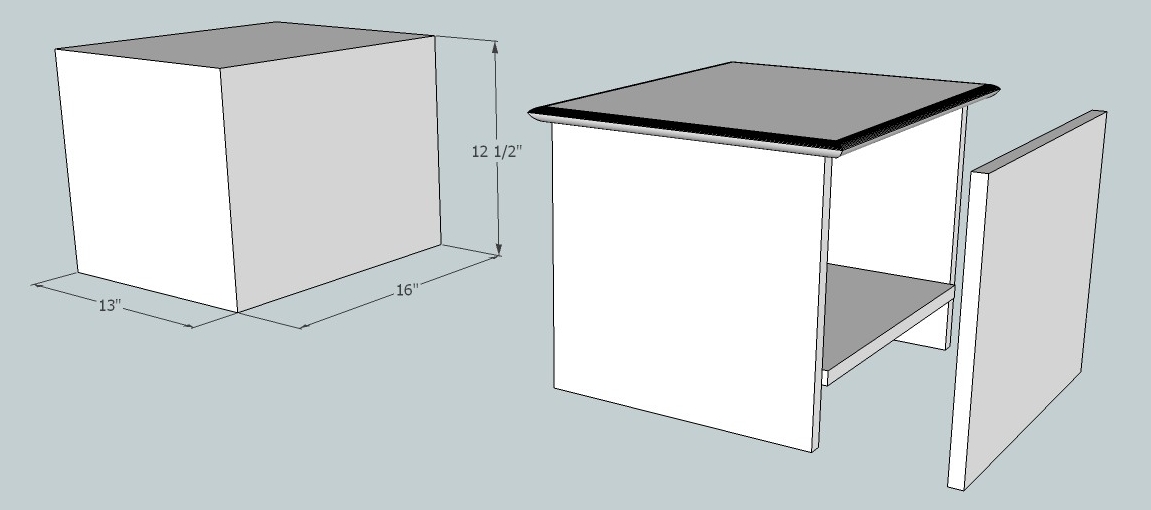 Well, now I've done it. For an inexperienced woodworker and art aficianado, I have some serious opinions about design. And yet I've read little of a truly serious bent on the subject. Aside from reading a few of George R. Walker's blog postings and a few articles in Fine Woodworking and other such magazines, I really haven't studied furniture design much. I suppose my thoughts have been more of an, "I know what I like" simplicity. I view this as both a strength and a weakness.
Well, now I've done it. For an inexperienced woodworker and art aficianado, I have some serious opinions about design. And yet I've read little of a truly serious bent on the subject. Aside from reading a few of George R. Walker's blog postings and a few articles in Fine Woodworking and other such magazines, I really haven't studied furniture design much. I suppose my thoughts have been more of an, "I know what I like" simplicity. I view this as both a strength and a weakness.
But now I've ordered "By Hand & Eye" from Lost Art Press, George Walker's and James Tolpin's treatise on furniture design. Before I read it, though, I feel that I should capture some of my own naive thougts about the topic. I'm hoping that the way that my opinion changes between now and then might be illuminating to me (and perhaps others) on the evolution of design sophistication.
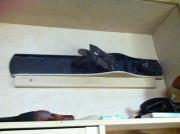
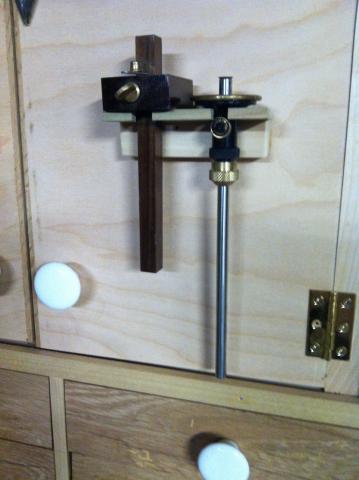
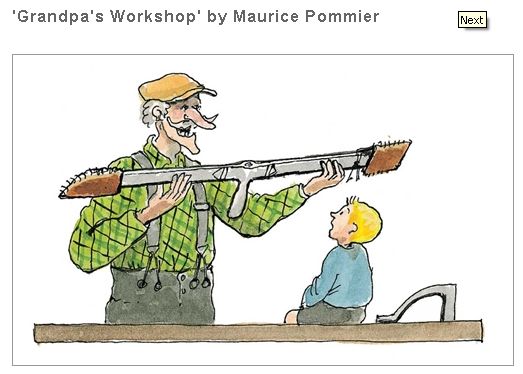

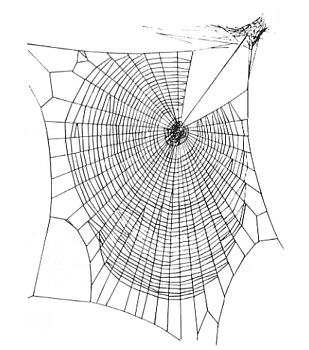 Once upon a time, I was a technical writer. One particularly long, boring day, a software product manager asked me to write a procedure on how to uninstall a software utility on a particular kind of hardware. It was an academic exercise, since no one in their right mind would have installed it on such a system, and yet the PM still wanted it.
Once upon a time, I was a technical writer. One particularly long, boring day, a software product manager asked me to write a procedure on how to uninstall a software utility on a particular kind of hardware. It was an academic exercise, since no one in their right mind would have installed it on such a system, and yet the PM still wanted it.
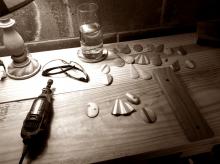
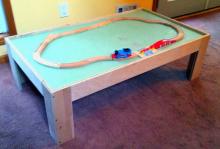
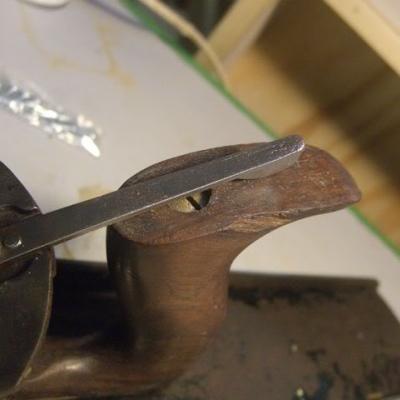 I'm a numbers guy. It's how I'm wired. And I know I'm going to catch flack for this, but I have been wanting to find a way to attach a number to my woodworking skill level. I've wanted to do this for several years. As a slowly progressing amateur who largely interacts with other woodworkers only through social media, I have no other way to judge my own progress.
I'm a numbers guy. It's how I'm wired. And I know I'm going to catch flack for this, but I have been wanting to find a way to attach a number to my woodworking skill level. I've wanted to do this for several years. As a slowly progressing amateur who largely interacts with other woodworkers only through social media, I have no other way to judge my own progress.  As I've seen similarly reported by many people this past week, the death of Roger Ebert hit harder than I expected it would, especially considering everyone knew that he hadn't been well in recent years. The outpouring of remembrances and testimonials is impressive, and most heartfelt, it seems to me. Since Roger was the consumate newspaperman, I've kind of made it a hobby of judging various journalistic organizations by how they handled this story. NBCnews.com and the New York Times did it with skill and care. CNN and CBS seemed a bit sloppier. I didn't even bother to read the NY Post, Washington Post, ABC News, and Fox News, which kind of says how far they've fallen (at least in my own estimation.)
As I've seen similarly reported by many people this past week, the death of Roger Ebert hit harder than I expected it would, especially considering everyone knew that he hadn't been well in recent years. The outpouring of remembrances and testimonials is impressive, and most heartfelt, it seems to me. Since Roger was the consumate newspaperman, I've kind of made it a hobby of judging various journalistic organizations by how they handled this story. NBCnews.com and the New York Times did it with skill and care. CNN and CBS seemed a bit sloppier. I didn't even bother to read the NY Post, Washington Post, ABC News, and Fox News, which kind of says how far they've fallen (at least in my own estimation.)